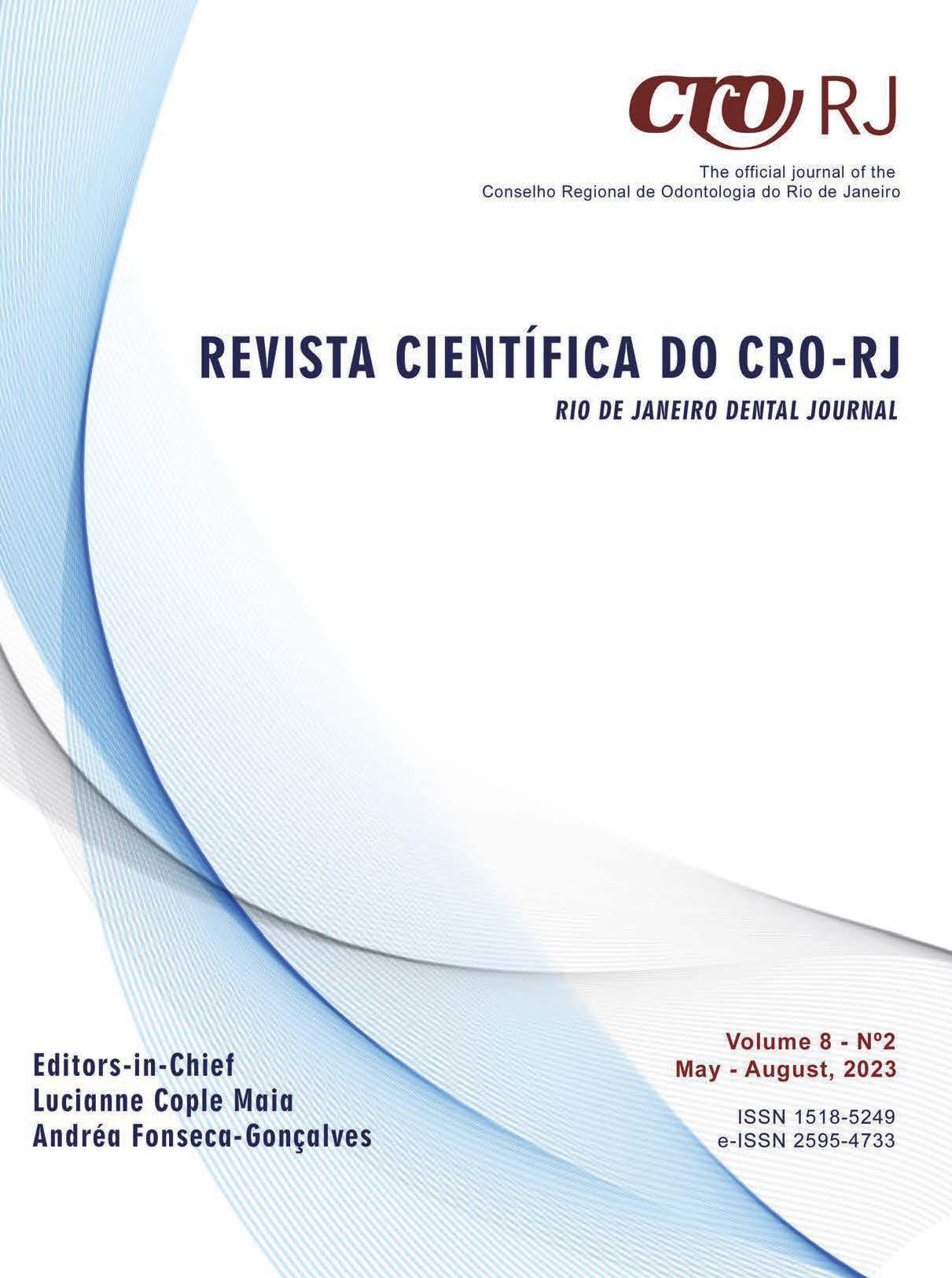RELAÇÃO ENTRE ALTERAÇÃO DE COR NA COROA E NECROSE PULPAR EM DENTES DECÍDUOS: RELATO DE CASOS
DOI:
https://doi.org/10.29327/244963.8.2-9Keywords:
Tooth, Deciduous; tooth injuries; dental pulp necrosisAbstract
Objective: the aim of this study was to evaluate and discuss the relationship between color change in the crown and pulp necrosis in deciduous teeth, based on two case reports. Case Report: both cases were female patients, 4 years old, who came to a reference center for dental trauma with complaints of darkening of the deciduous incisors. The case 1 was a trauma classified as subluxation that occurred more than two years ago. In the clinical examination a color change was observed in element 51 and 61, and in the radiographic examination no image suggestive of periapical lesion was seen. In case 2, diagnosed as concussion, clinically the color change was observed, and radiographic examination showed root resorption associated with periapical lesion in element 61. Conclusion: thus, according to the literature, we conclude that the darkening of a deciduous tooth after dental trauma is not always indicative of pulp necrosis. Periodic monitoring for the presence of other factors, such as fistula, abscess or apical lesion that will help in a correct diagnosis is suggested. Each case must be evaluated independently, since treatment success is linked to periodic monitoring and diagnosis of radiographic and clinical signs of changes resulting from the traumatic episode.
Downloads
Published
How to Cite
Issue
Section
License
Copyright (c) 2024 Revista Científica do CRO-RJ (Rio de Janeiro Dental Journal)

This work is licensed under a Creative Commons Attribution-NonCommercial-NoDerivatives 4.0 International License.


